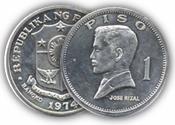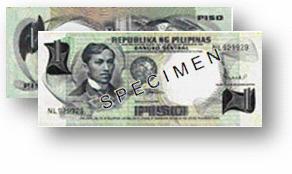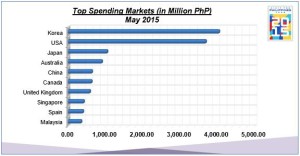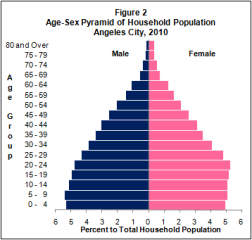How Many Foreign Citizens are Resident in the Philippines
As at May 2010 the Philippines Census recorded 177,365 foreign citizens resident in the Philippines
How Many US Citizens are Resident in the Philippines
As at May 2010 the Philippines Census recorded 29,959 US citizens resident in the Philippines
How Many Chinese Citizens are Resident in the Philippines
As at May 2010 the Philippines Census recorded 28,750 Chinese citizens resident in the Philippines
How Many Japanese Citizens are Resident in the Philippines
As at May 2010 the Philippines Census recorded 11,583 Japanese citizens resident in the Philippines
How Many Indian Citizens are Resident in the Philippines
As at May 2010 the Philippines Census recorded 8,963 Indian citizens resident in the Philippines
How Many South Korean Citizens are Resident in the Philippines
As at May 2010 the Philippines Census recorded 5,822 South Korean citizens resident in the Philippines
How Many North Korean Citizens are Resident in the Philippines
As at May 2010 the Philippines Census recorded 4,846 North Korean citizens resident in the Philippines
How Many Canadian Citizens are Resident in the Philippines
As at May 2010 the Philippines Census recorded 4,700 Canadian citizens resident in the Philippines
How Many British Citizens are Resident in the Philippines
As at May 2010 the Philippines Census recorded 3,474 British citizens resident in the Philippines
How Many Australian Citizens are Resident in the Philippines
As at May 2010 the Philippines Census recorded 3,360 Australian citizens resident in the Philippines
How Many German Citizens are Resident in the Philippines
As at May 2010 the Philippines Census recorded 3,184 German citizens resident in the Philippines
Citizenship Not Stated
43,940 Census respondents did not state their Citizenship in the 2010 Census
How Many Indonesian Citizens are Resident in the Philippines
As at May 2010 the Philippines Census recorded 2,781 Indonesian citizens resident in the Philippines
How Many Taiwanese Citizens are Resident in the Philippines
As at May 2010 the Philippines Census recorded 1,538 Taiwanese citizens resident in the Philippines
How Many Italian Citizens are Resident in the Philippines
As at May 2010 the Philippines Census recorded 1,460 Italian citizens resident in the Philippines
How Many Spanish Citizens are Resident in the Philippines
As at May 2010 the Philippines Census recorded 1,099 Spanish citizens resident in the Philippines
How Many Afghanistan Citizens are Resident in the Philippines
As at May 2010 the Philippines Census recorded 1,019 Afghanistan citizens resident in the Philippines
How Many French Citizens are Resident in the Philippines
As at May 2010 the Philippines Census recorded 1,014 French citizens resident in the Philippines
Source: https://psa.gov.ph/content/foreign-citizens-philippines-results-2010-census



